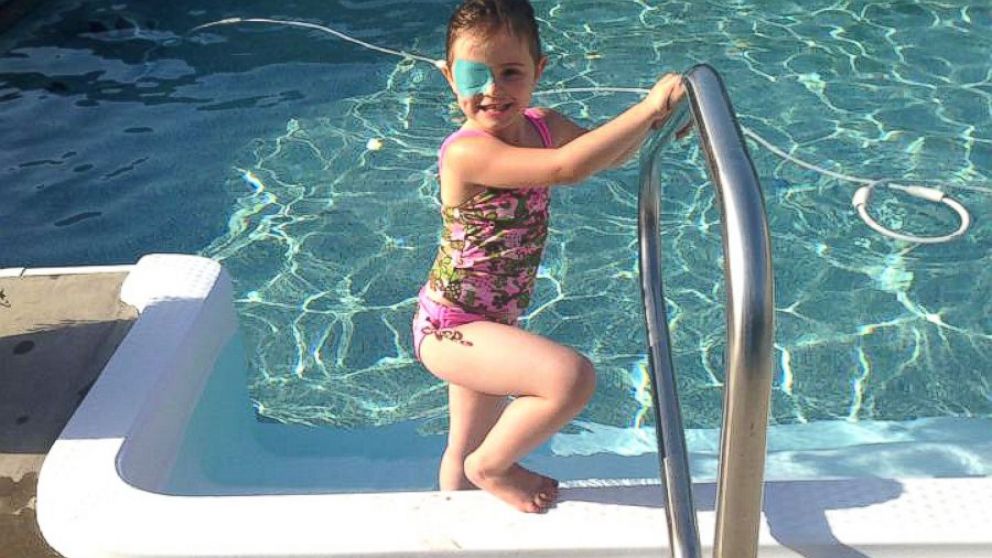Insurance Won’t Cover Costly Therapy to Save Daughter’s Eyesight
ABC News Fixer connects reader with new doctors, affordable treatment.

— -- Dear ABC News Fixer: My daughter was diagnosed at age 3 with eso strabismus, or "inward-pointing eye” and was given a prescription for glasses.
After 18 months with no improvements and a change in optometrist, we were informed that she now has developed amblyopia, meaning her brain is ignoring the input from her eyes. Because of this condition, she also has stereo blindness, the inability to perceive depth.
If she does not receive treatment, her brain will permanently shut down her eye, causing her to have permanent vision loss and multiple learning challenges in the future.
The optometrist recommended vision therapy sessions. These sessions are not covered by insurance and will cost $160 every week, plus we will have a monthly appointment with a special optometrist that will cost $216 each month. We live paycheck to paycheck, so the cost of these treatments is not something we can stretch. What can we do?
-Linda Haase, Van Dyne, Wis.
Got a consumer problem? The ABC News Fixer may be able to help. Click here to submit your problem online. Letters are edited for length and clarity.
Dear Linda: When we read your letter and talked with you about your little daughter, Allyson, our first thought was how can an eye problem like this not be covered by insurance?
That question led us to the American Academy of Ophthalmology, the organization for “eye M.D.s.” There, we found Dr. Jane Edmond, a pediatric neuro-opthalmologist who teaches at Baylor College of Medicine in Houston. She told us that the expensive vision therapy you tried for two months is not what the Academy recommends as a first-line treatment for amblyopia in young children.
Instead, the recommended first treatment is that same one that’s been used for ages – putting a patch over the normal eye to get the weaker eye to strengthen and start sending proper inputs to the brain. (Putting eye drops in the good eye can do the same thing.)
It’s less expensive and covered by your insurance.
Dr. Edmond advocates pediatric vision screening for kids long before they reach school, since problems like this are easier to treat the younger the child is – and lack of treatment can jeopardize their sight in adulthood. If parents are unsure about a treatment, they should do what you did: Speak up and seek a second opinion, she says. “Early treatment is the key to success.”
Edmond connected you with Dr. Michael Struck, a practicing pediatric ophthalmologist and associate professor at the University of Wisconsin-Madison. Dr. Struck quickly got Allyson in for an examination, and he recommended immediate patching as the treatment, as her eyesight in that eye had already gotten worse. She’ll have follow-up visits with another doctor closer to home.
You told us that Allyson started wearing her patches before the school year ended, and her preschool teacher helped out by wearing one herself in front of the class. Next fall, in kindergarten, you plan to ask Allyson’s classmates to decorate patches for her to wear. Good luck and keep us posted.
- The ABC News Fixer
CLICK HERE to go to The ABC News Fixer homepage